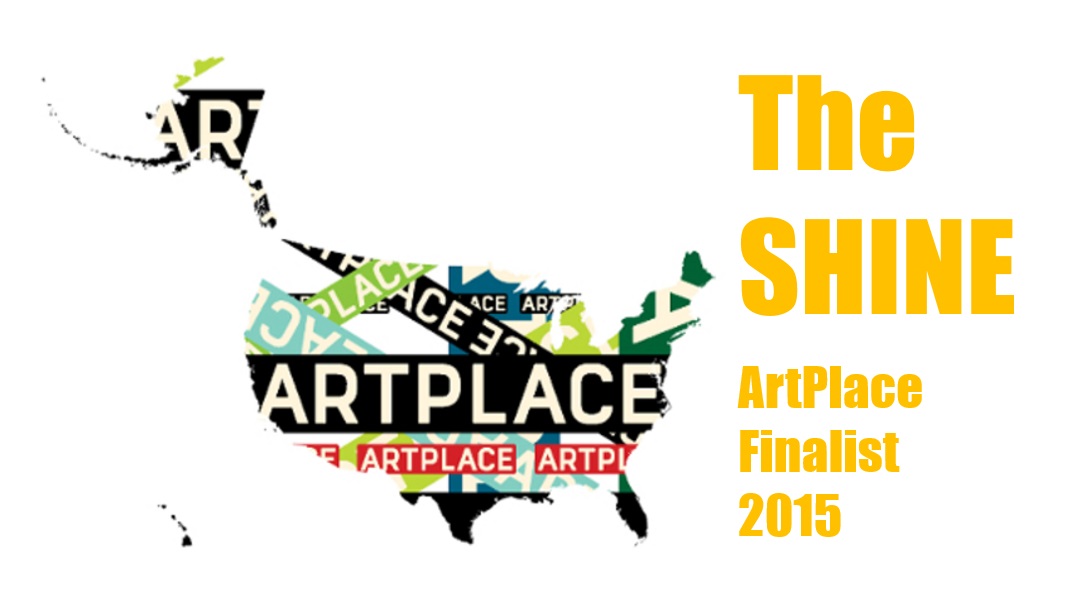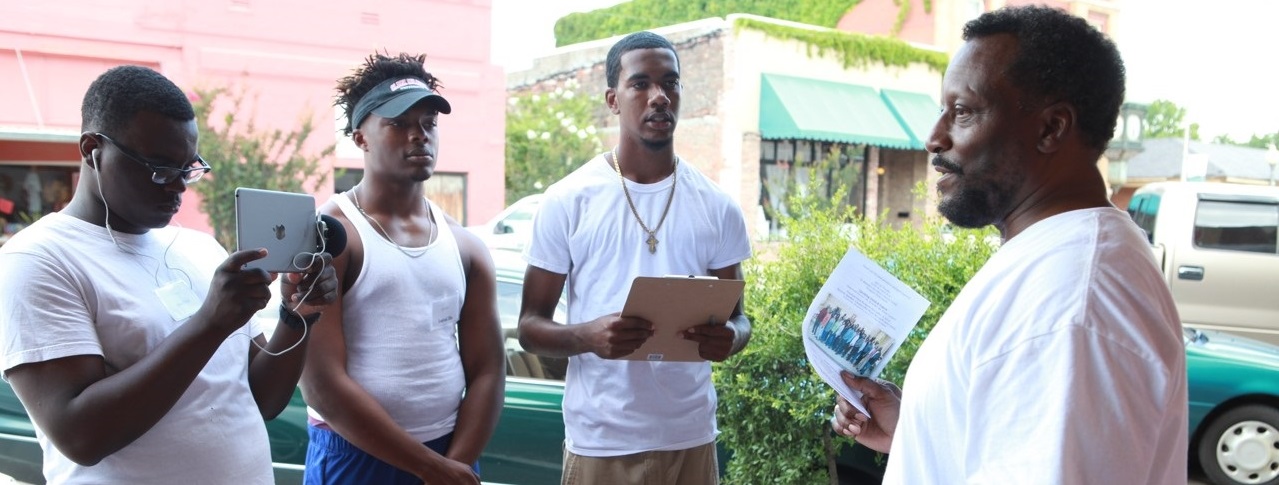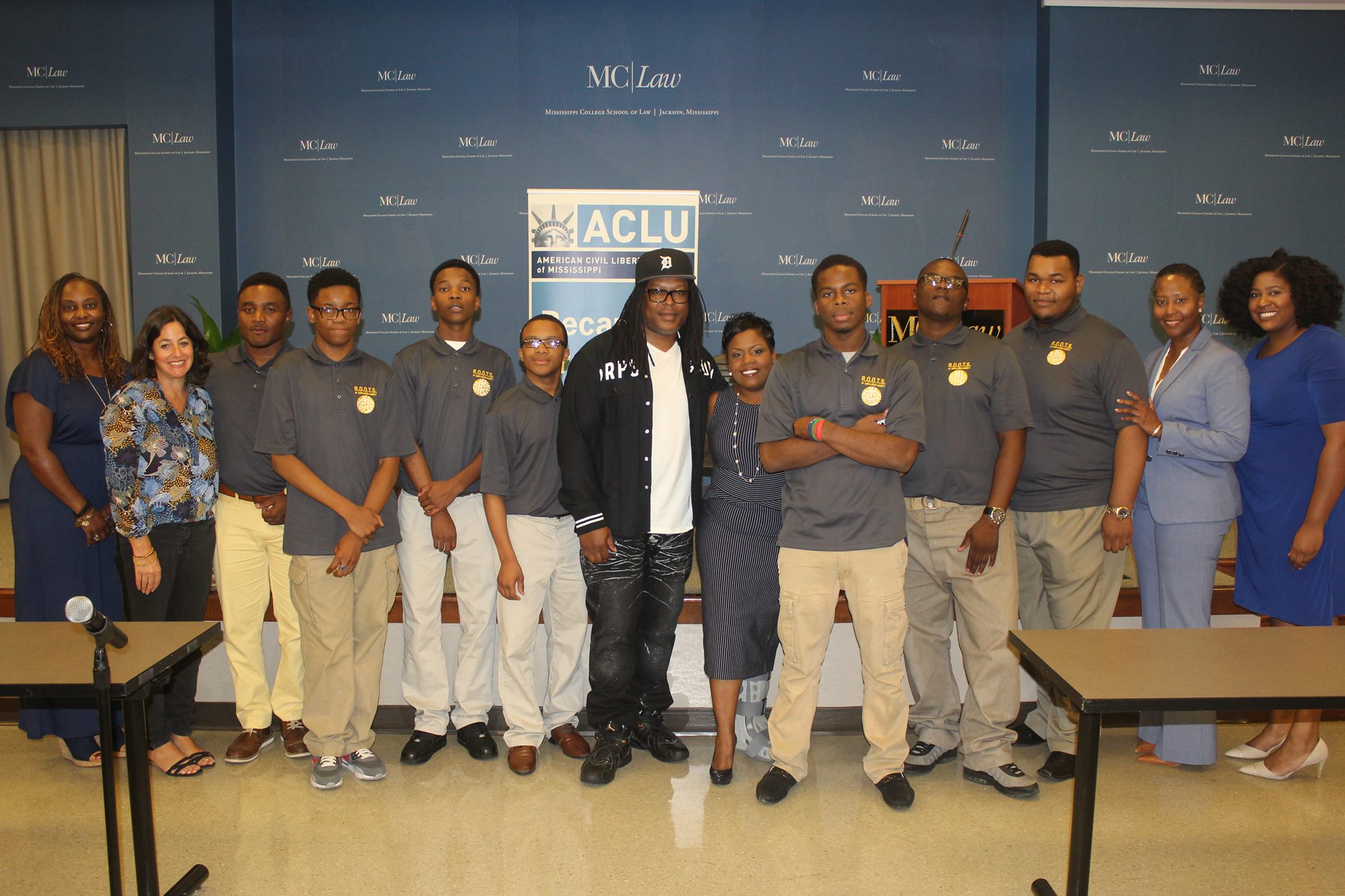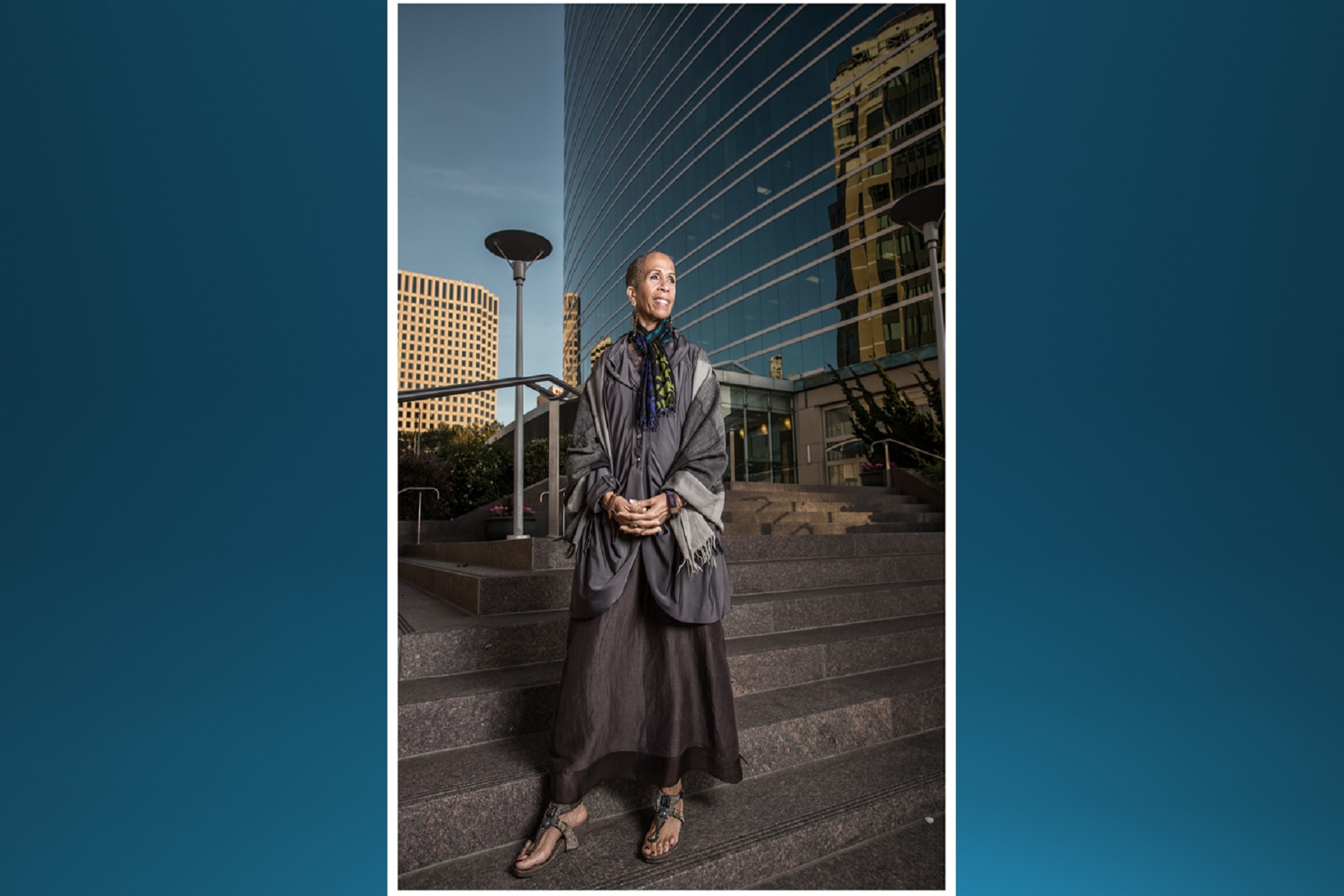
Everyone wants a healthier community. We just can’t seem to agree on exactly what will improve our quality of life. From nutrition to curriculum to neighborhood parks, there are countless examples of well-intended programs that don’t achieve their intended results, as well as programs that have a profound effect on their community.
What is the difference between programs that fizzle and programs that succeed?
A study from UC Berkeley’s School of Public Health suggests that the key may be–you guessed it–storytelling.
This study shows that while access to medical care, alleviation of poverty and better education are certainly important, they may not be enough to combat disease. Researchers discovered that a person’s health is related to how empowered they feel to influence their own lives. The more people are able to actively participate in their communities, the healthier the communities are.
Case in point: the study authors’ anti-smoking program in Richmond, CA. Even after the expenditure of great effort and resource, the program had no effect on smoking or community health. In hindsight, the authors learned that while quitting smoking was very relevant to the researchers, it was not relevant to the community they sought to serve. As the researchers learned,
“The general problem we face is that…A wide gap often exists between our expertise and the concerns of the communities or groups that we target.”
This study is but one example of the disconnect that too often occurs between academics, policy makers, and their constituents. The antidote to this disconnect is storytelling, which empowers both to the speaker and the listener. Personal stories can give us a deeper insight into how we live and why we make the choices we do.
What if we asked students how they think funding should be distributed in their school? Or asked patients and nurses how to improve health care in hospitals?
Storytelling can act as a bridge between policy makers and the communities they serve.
And, in the end, everyone will be healthier.
